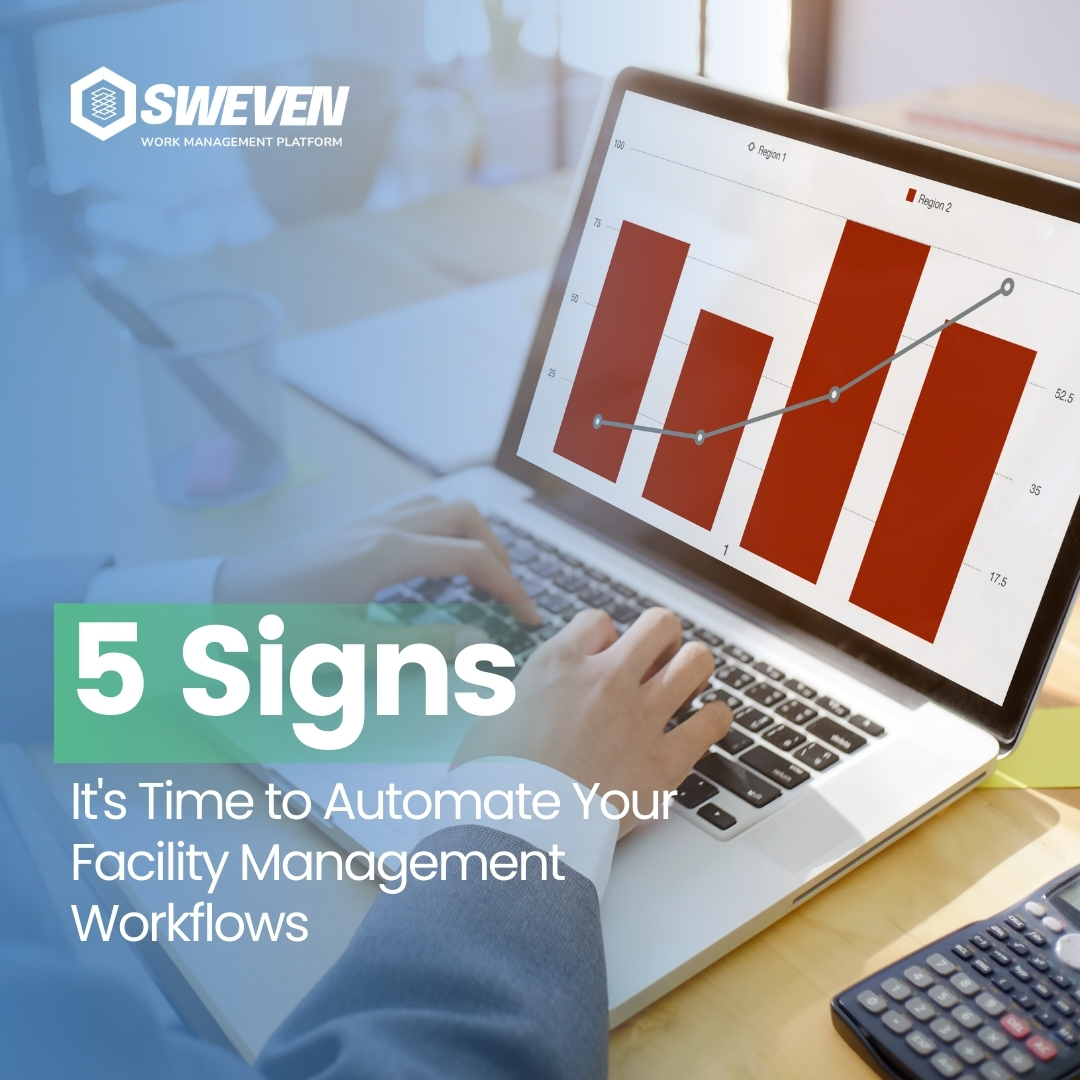Maintenance is more than just fixing what’s broken; it’s about ensuring the reliability, efficiency, and longevity of assets that drive a company’s success. In a world where competition is fierce and technology is advancing rapidly, the need for improvement in maintenance practices has never been more evident. In this blog, we delve into the compelling reasons why continuous improvement is a necessity in the realm of maintenance.

1. Enhanced Reliability and Availability: Every minute of downtime can translate into significant losses for a business. By focusing on continuous improvement in maintenance, companies can increase the reliability and availability of their assets. Proactively addressing issues before they become major problems reduces unplanned downtime, keeping operations running smoothly.
2. Cost Savings: Effective maintenance improvement strategies can lead to substantial cost savings. By identifying and eliminating waste, optimizing processes, and preventing breakdowns, companies can reduce the need for emergency repairs and minimize production disruptions, ultimately saving on maintenance and operational costs.
3. Increased Productivity: Maintenance that is continuously refined and optimized leads to streamlined workflows and better resource allocation. Maintenance teams spend less time on reactive fixes and more time on planned, strategic maintenance activities, leading to increased overall productivity.
4. Extended Asset Lifespan: Regular maintenance improves the longevity of assets. With a focus on improvement, maintenance teams can implement better practices that prevent premature wear and tear, helping assets last longer and reducing the frequency of replacements.
5. Safety Enhancement: Maintenance improvement isn’t just about efficiency; it’s also about safety. By continually assessing and refining safety protocols, companies can create a safer work environment for maintenance personnel and other employees. Fewer accidents mean fewer disruptions and a better overall atmosphere.
6. Adaptation to Technological Advancements: Technology is evolving rapidly, and the maintenance field is no exception. Embracing continuous improvement allows companies to stay up-to-date with the latest tools, software, and methodologies. This ensures that maintenance practices remain effective in the face of changing technological landscapes.
7. Customer Satisfaction: Maintenance improvements indirectly impact customer satisfaction. When assets function reliably and efficiently, customers experience fewer delays and disruptions in service. This, in turn, leads to higher customer satisfaction and loyalty.
8. Compliance and Regulations: Industries are subject to various regulations and compliance standards. Continuous improvement in maintenance ensures that assets meet these standards consistently. This reduces the risk of fines, penalties, and legal issues arising from non-compliance.
9. Data-Driven Decision Making: Improvement relies on data analysis and informed decision-making. Implementing data-driven approaches allows companies to identify patterns, trends, and areas for enhancement. This leads to more accurate problem diagnosis and targeted improvements.
10. Cultivating a Culture of Excellence: A commitment to continuous improvement fosters a culture of excellence within the maintenance team and the organization as a whole. It encourages innovation, collaboration, and a mindset of always seeking better ways to operate.
Conclusion: Pioneering Progress in Maintenance
In a dynamic and competitive business landscape, the status quo is simply not enough. Maintenance practices must evolve to meet the demands of today and tomorrow. Embracing continuous improvement is not only about fixing what’s broken; it’s about unlocking the potential for excellence and innovation. By striving for improvement in maintenance, companies can elevate their operations, achieve better results, and secure a sustainable future that thrives on reliability, efficiency, and adaptability.

























